With winter just around the corner and the days starting to get shorter and colder, now is a good time to start thinking about what you need to do to protect your home in the freezing winter months.
Whether or not we get the opportunity to revel in a winter wonderland this year, there is no doubt the weather will take its toll on the health of our homes and we will undoubtedly feel the pinch from hefty heating bills and possibly costly maintenance during this time.
When outside temperatures fall, buildings are subject to extremes of cold and wet from the outside and the warm moist effects of central heating and warm baths on the inside. This can cause problems if you haven’t taken the time to check your home is ‘winter ready’.
Many of these issues can be kept in check by proactively managing the situation yourself. You don’t have to be a DIY expert to prepare your home for the winter ahead. To help give you peace of mind and protect your home, we have put together some handy hints to get your home ‘winter ready’:
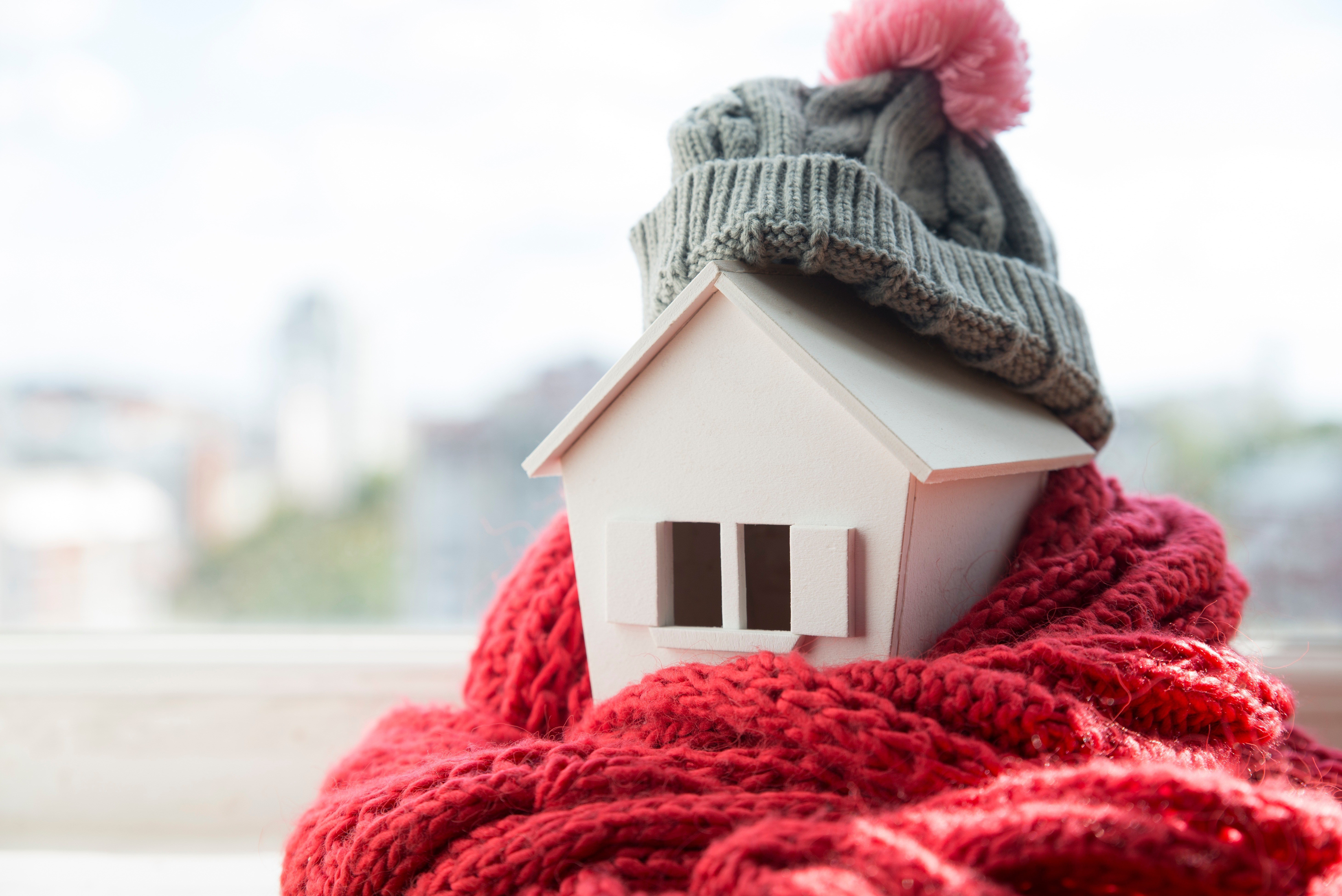
Heating
The last thing you want to be dealing with over the winter period is no heating!
Perhaps obvious, but often taken for granted, your heating system should be the very first item on your list that you have checked. Don’t put it off, be sure to get your boiler serviced or heating system tested before the cold weather really kicks in. Book in a service from a qualified contractor in good time to nip any maintenance issues in the bud.
Always use a Gas Safe registered engineer when you book in your service. Visit the Gas Safe Register to find a certified engineer in your area.
Another thing you may wish to consider is taking out boiler cover if you don’t already have it. This will ensure that if you have problems with your boiler and it breaks down a qualified engineer will be with you as quickly as possible to fix any issues, meaning you won’t be left without heating or hot water for any length of time.
Gas fired boilers
The Gas Safe Register recommends an annual gas safety check as a minimum, alongside regular servicing.
Remember that if you are a landlord, this is the law.
In between professional servicing, regularly check the boiler to make sure it lights well and invest in a carbon monoxide alarm to place near to your boiler, and in any other room with a gas appliance i.e. gas fire in lounge.
Once again, if you are a landlord, governmental guidance “expects” and “encourages” you to ensure working carbon monoxide alarms are installed in all rooms with a gas appliance.
If you have a condensing boiler, it is advisable to insulate external condensate channels and adhere to minimum pipe dimensions to avoid freezing on any external pipework.
Consider installing trace heating which essentially forms a heated strip following the line of any susceptible pipes or other vessels, keeping them to a minimum temperature and preventing damage through freezing.
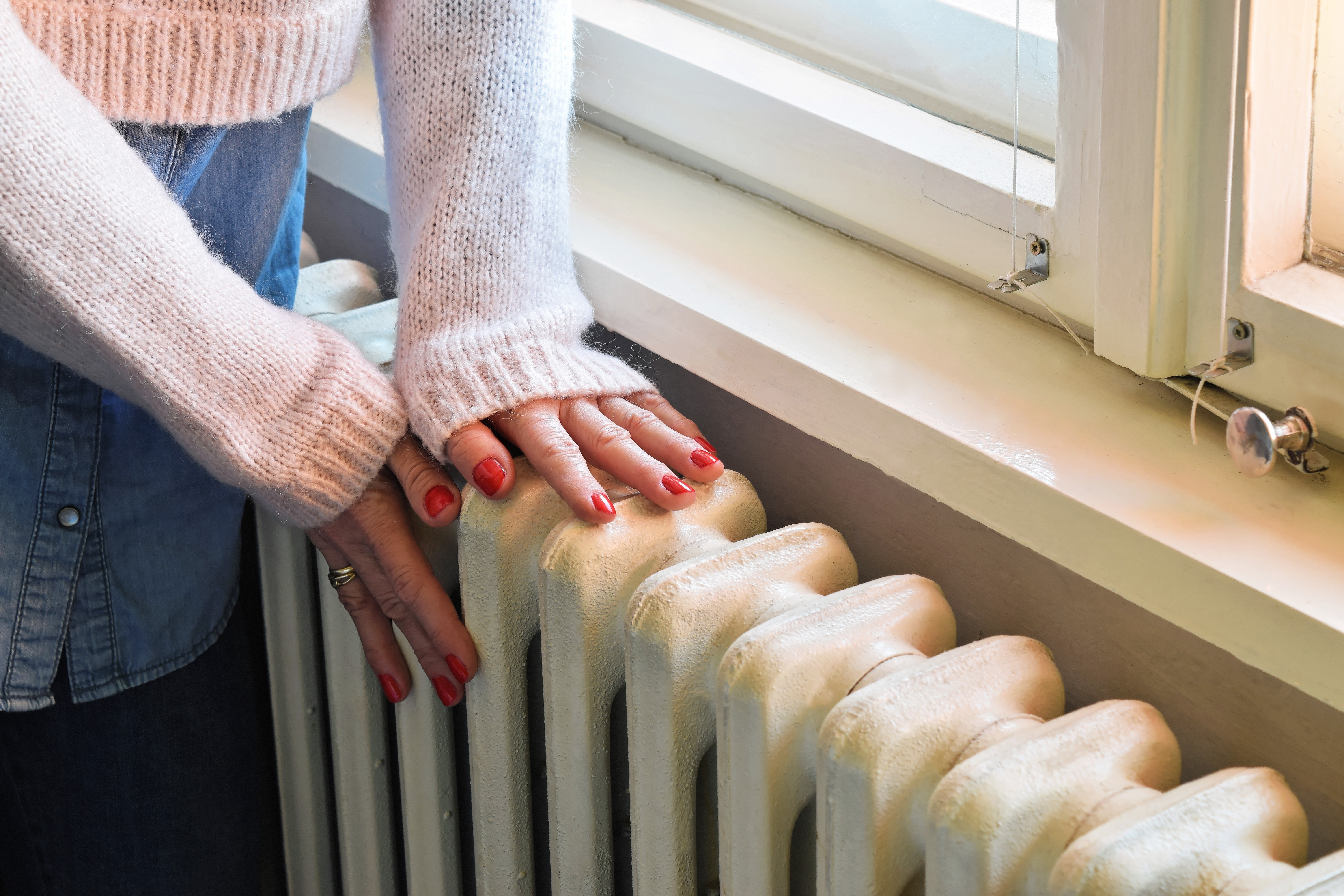
Radiators
Once you have set your boiler and thermostat, check:
- Your radiators turn on and off and respond to settings if you have thermostatic radiator valves (TRVs) fitted.
- The radiators are giving off heat effectively.
- If there are problems, inadequate heat, cold spots, or a lack of reaction to TRV settings and your heating system otherwise appears to be performing normally, you may need to bleed your radiators.
- For information on how to bleed your radiators, please see advice here from uSwitch:
- Please take care not to burn yourself on hot radiators or the water inside!
- Ensure a bucket and cloth or towel are used to prevent damage to decoration and furnishings.
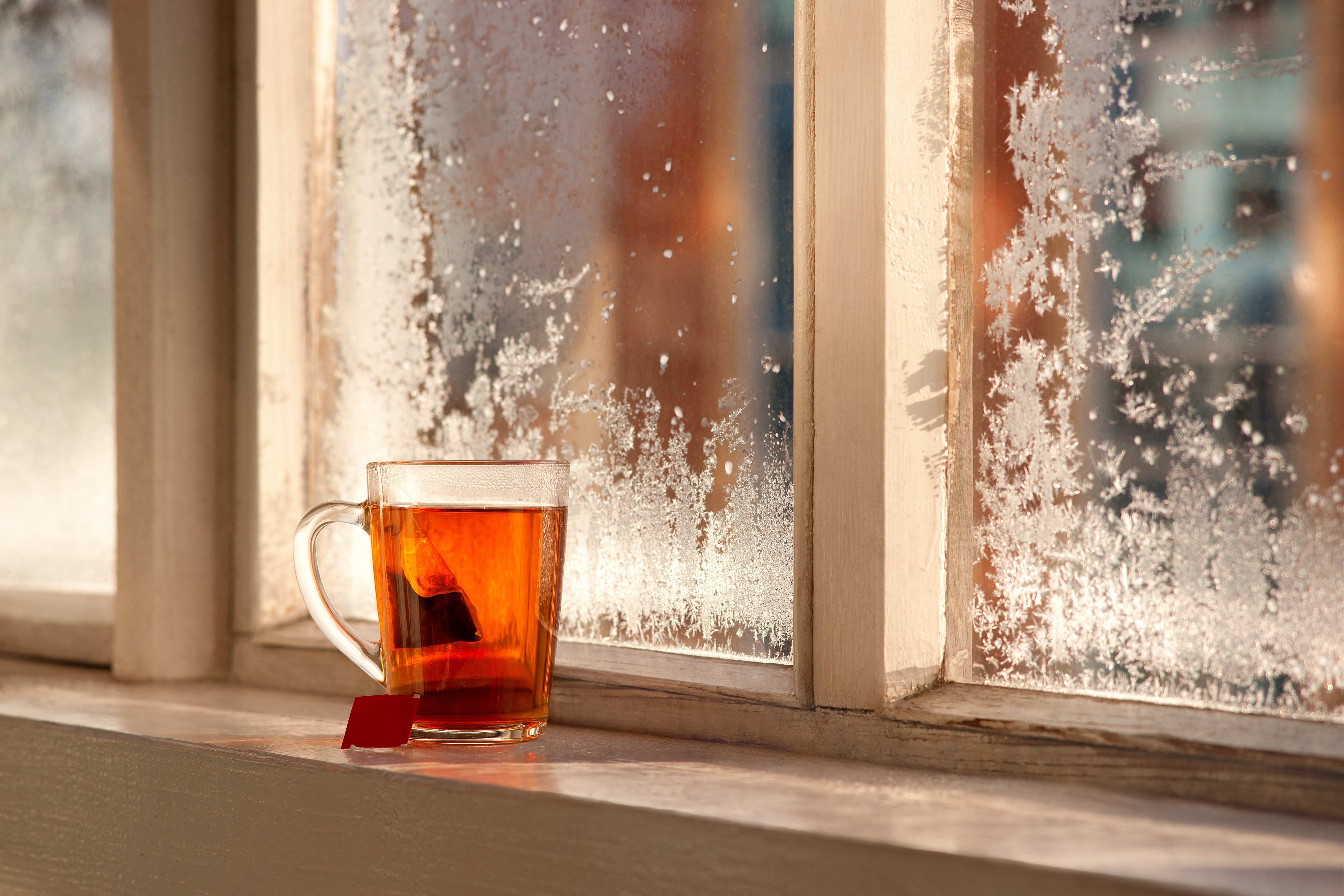
Insulation and ventilation
Now that you have your heating running safely and efficiently, pumping out enough warmth to keep you snug until spring, number two on your list is to make sure all that heat doesn’t escape!
While the focus here is on keeping heat in, it is extremely important to note that damage can be caused due to the build-up of moisture within a building which has been well insulated, in the form of condensation dampness and mould. Alongside the recommendations below, ensure your property is regularly and adequately ventilated through use of extractor fans in bathrooms and kitchens and the occasional opening of vents, windows, and doors throughout.
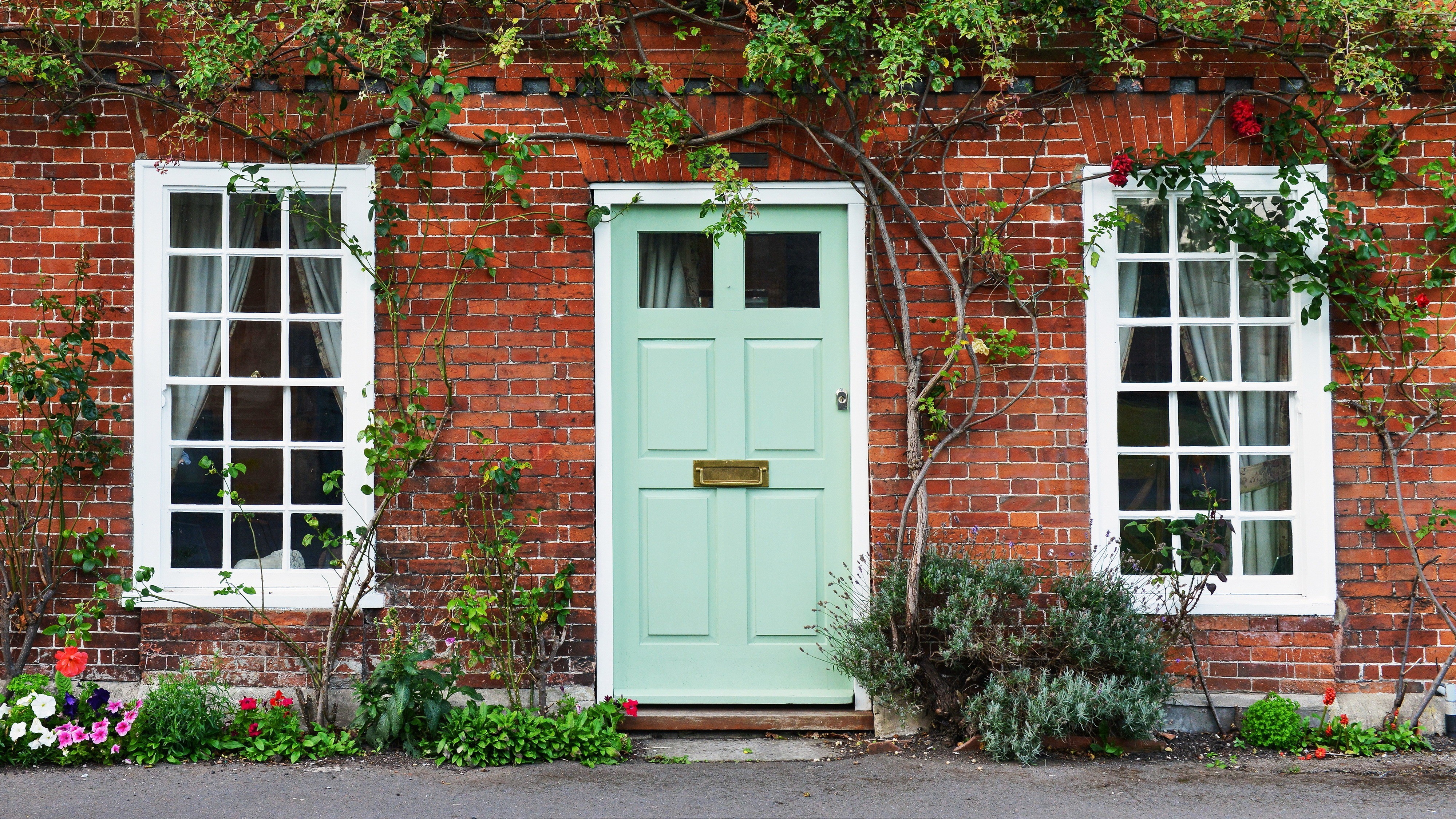
Windows & doors
The escape of warm air and leaking in of cold air around draughty doors and windows can make a considerable difference when it comes to keeping your home warm and your heating bills low.
Ensure the frames and surrounds of all windows and doors are in good repair. Not only will poorly maintained openings reduce insulation, but the wet and cold weather of winter can cause damage to timber and metal frames if moisture is allowed in.
Help to keep heat in and draughts at bay by fitting basic weatherstripping, sealant, or flexible foam/rubber tape, to the surrounds of problem doors and windows.
The Royal Institute of Chartered Surveyors (RICS) suggests double glazing can help to cut heat loss through windows by up to 50% compared with traditional single glazed units.
Figures from The Energy Saving Trust suggest savings for a typical gas heated home that switches from single glazing to double glazing could be between £30-£110 per year depending on property size and type of installation.
Installing double glazing may not always be possible or practical due to financial or planning constraints. In these instances, it would be prudent to consider more cost-effective, less permanent substitutes, such as secondary glazing, or even cheaper options such as polycarbonate sheeting, or polymer film barriers. However, these alternatives are unlikely to prove as effective as the more expensive and permanent options but are better than nothing at all.
As simple as it may seem, the installation of curtains and blinds can be of enormous benefit. Modern thermally insulated curtains and blinds use a combination of hollow designs, multiple layers of thermally efficient material, and sealed frames to help keep heat in around external windows and doors.
Another cost-effective way to help prevent draughts is to fit covers over letterboxes and keyholes.
To prevent frost and ice damage, check all windows to ensure there is no gathering of water on sills, and make sure there is no evidence of it making its way through into the fabric of the building.
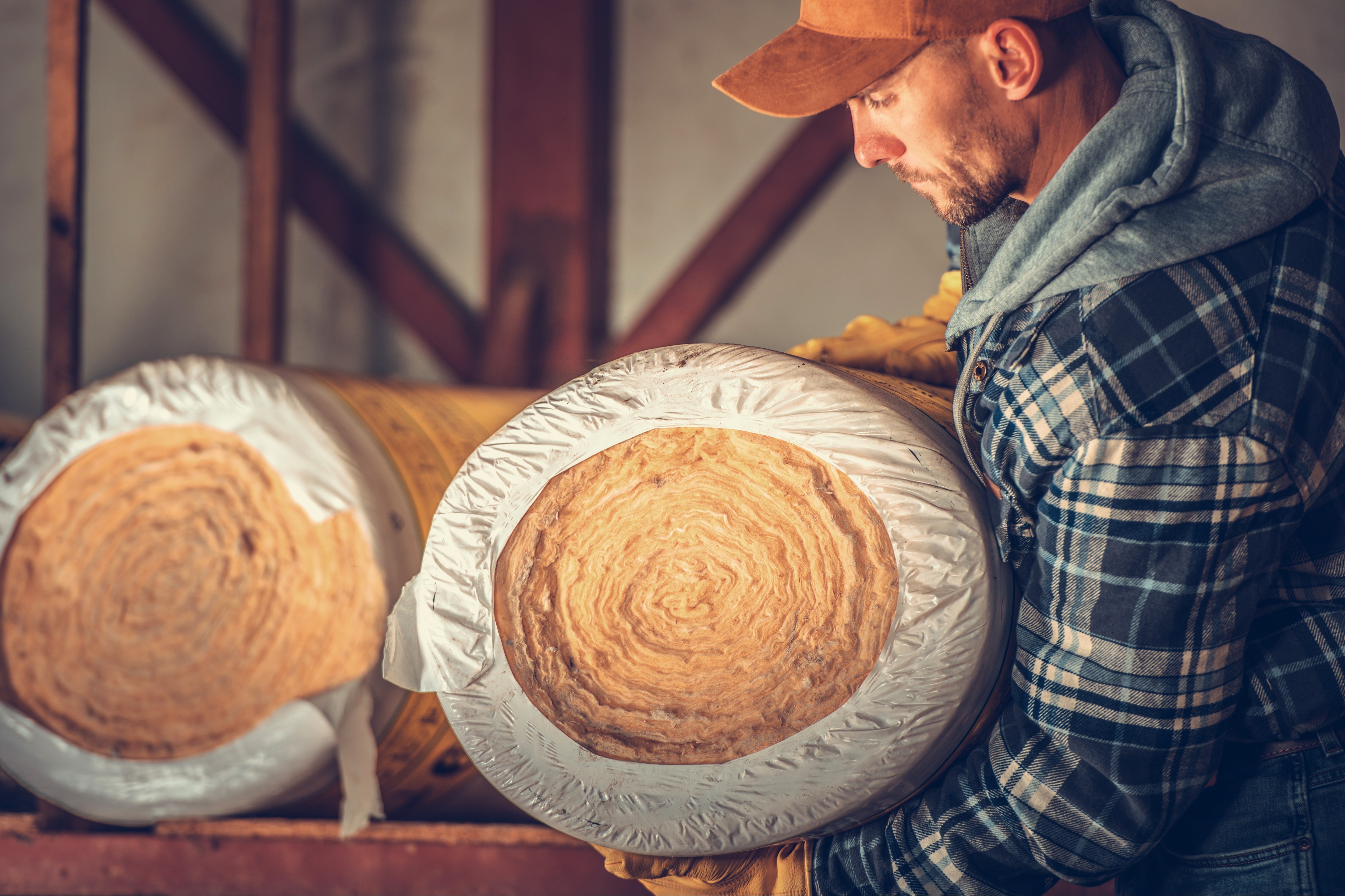
Lofts and attic spaces
Around a quarter of the heat from your house is lost through the roof so insulating loft and roof space is a very good place to start.
Check any loft insulation covers the entire loft floor and is in good condition and of adequate thickness. The Energy Saving Trust suggest roof insulation should be at least 270mm thick to meet modern standards.
Their figures also suggest that by installing loft insulation where there previously was none could lead to savings for a typical gas-heated home of between £100-£395 per year, depending on property size and type of installation. Read more
However, be careful not to over insulate as while this may leave your house warm, the attic space will become colder. As such, avoid installing insulation beneath tanks and pipes in the loft which can freeze if they are not exposed to heat rising from the home. If this is a concern, consider opening the loft hatch at various intervals to help circulate heat.
If your loft insulation is looking a little thinner than it should, find an installer who is a member of the National Insulation Association (NIA) who can give you advice on how to rectify the problem.
Remember: if you are insulating roof spaces, any work undertaken may need to comply with relevant building regulations.
You also need to ensure that lids are on any cold water tanks and consider insulating hot water tanks and other pipework to prevent it from freezing.
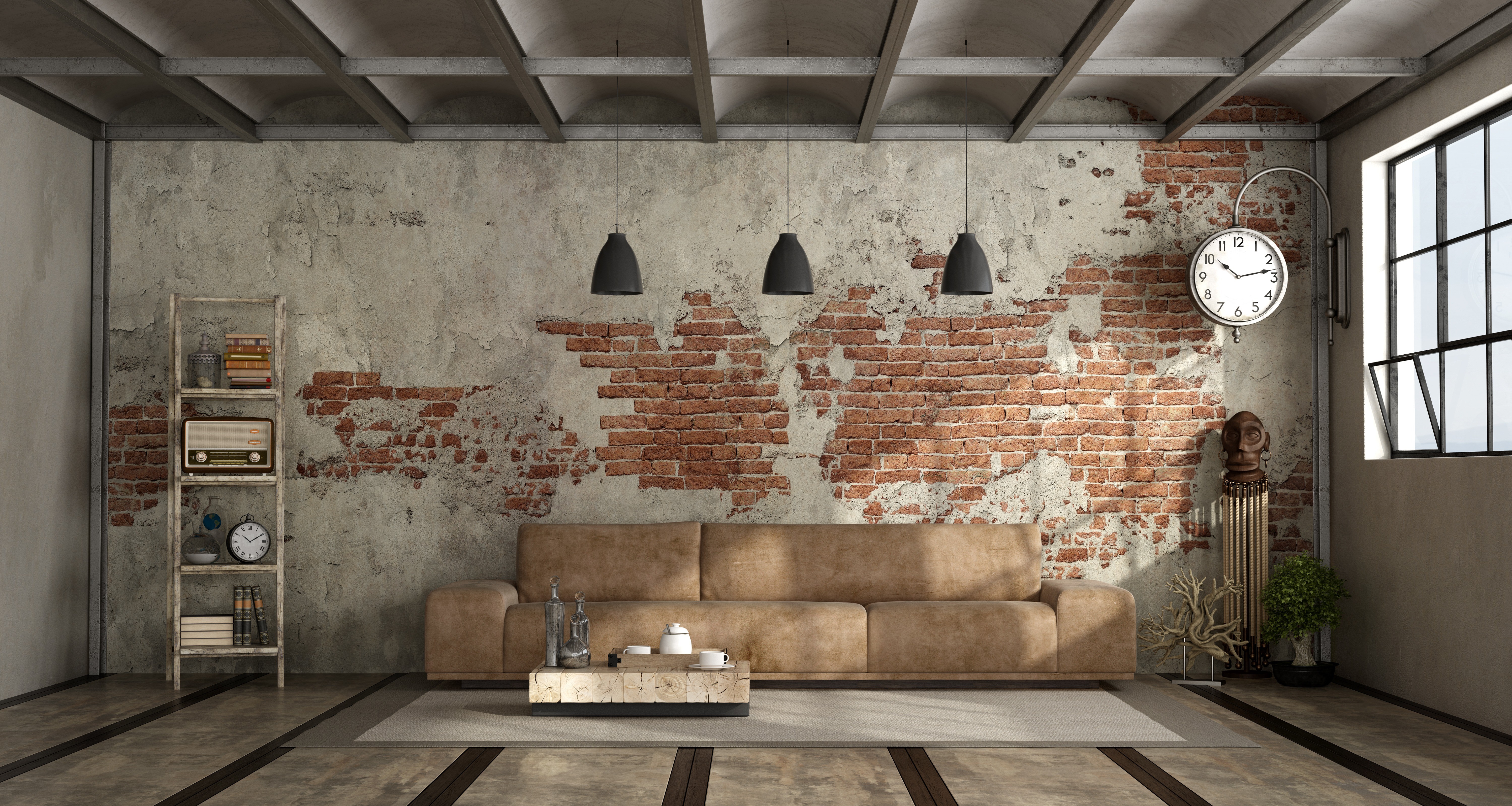
Floors, ceilings and walls
The next areas of your home to consider insulating are floors, ceilings and walls. It’s surprising how much heat can be lost through suspended ground floors or through ceilings above garages and unheated utility spaces if insulation is not used.
Figures from The Energy Saving Trust suggest savings for a typical gas heated home that insulates and draught proofs floors of between £25-£65 per year depending on property size and type of installation.
For suspended ground floors, insulate gaps between uncovered floorboards and skirting boards.
However, remember that the underneath of your floors needs to be able to breathe to help prevent damp and rot, so be careful not to “seal” them and ensure they are ventilated adequately from the outside with air bricks.
You should also consider investing in some rugs to help cut out any draughts that may come up from beneath suspended floors, or to add an extra layer of insulation to solid floors.
For the upper floors in your house, rooms can benefit from rising heat from the floor below, so insulation may in fact counter keeping your home consistently warm throughout. However, this only applies to any upper floor rooms which are above heated rooms below. If your room is above a garage, or other unheated utility space, then be sure to insulate and block draughts!
Another thing to consider is ensuring central heating pipework in any ventilated floor void is insulated (70% of the heat input may be lost if uninsulated).
Remember: if you are insulating floors, any work undertaken may need to comply with relevant building regulations.
For radiators on external walls, perhaps consider installing an insulation foil behind the radiator to help prevent heat escaping and reflect it back into the building.
Figures from the Energy Saving Trust suggest approximately a third of heat in a family home is lost through uninsulated walls.
Whether your walls are of solid or cavity construction, there are options to insulate both types.
However, this is a complex specialist area where some DIY attempts to insulate can cause significant damage from long-term damp issues. As such, always seek specialist expert advice from a contractor who is a member of the National Insulation Association (NIA), the Cavity Insulation Guarantee Agency (CIGA), or the British Board of Agrément (BBA).
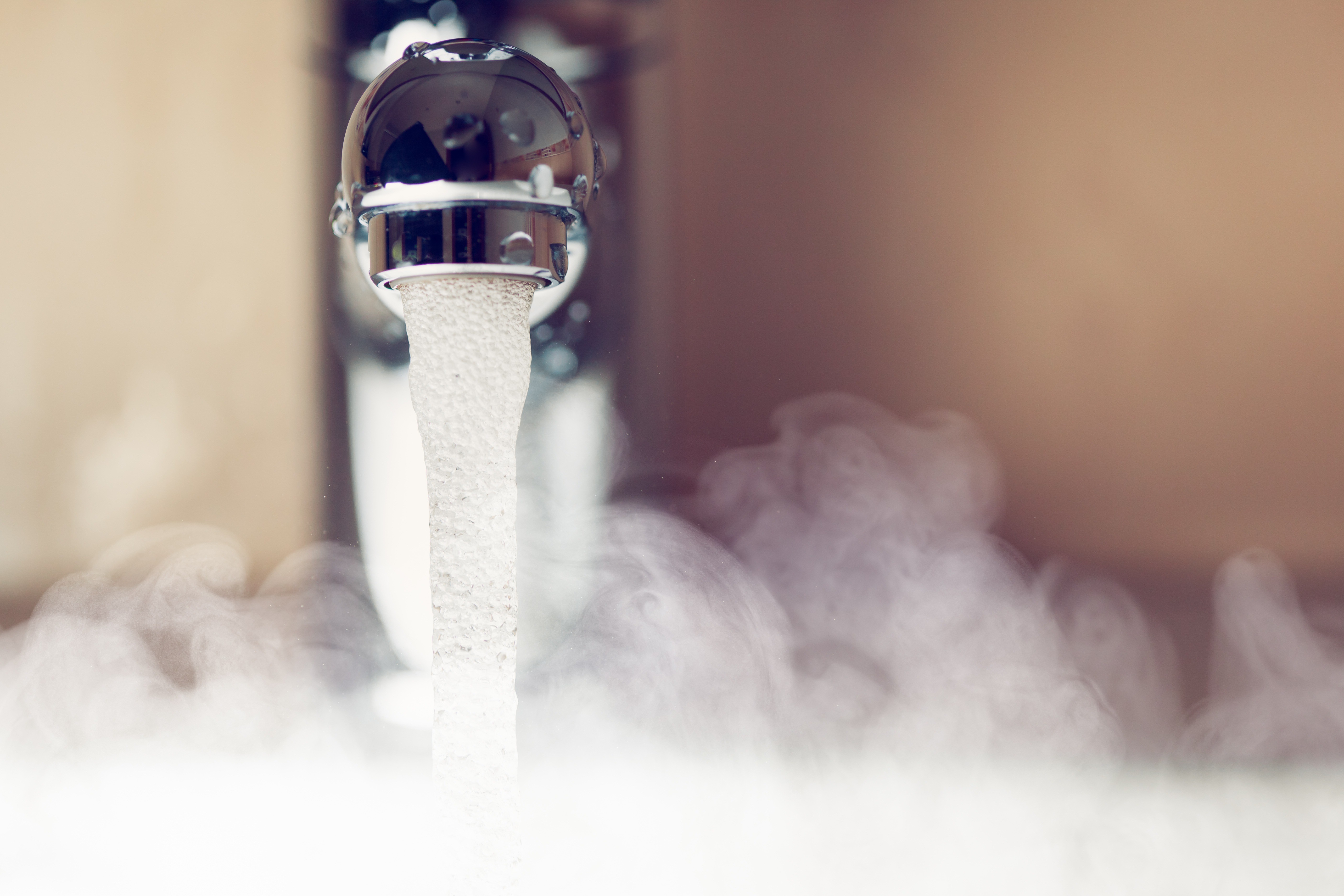
Plumbing
It is important to prevent pipes from freezing during the winter as this can cause them to burst. No-one wants to be dealing with leaking pipes, or worse, flooding in their home at this time of year.
Ensure pipes, especially located in lofts, beneath ground floors, and on external walls, are insulated to prevent the contents freezing. The easiest way to do this is to protect them with a foam layer called lagging, which can be purchased from any DIY store.
Also, check that stopcocks are working so the water supply can be turned off quickly if required.
These videos from Thames Water advise on how to locate and switch off internal and external stopcocks.
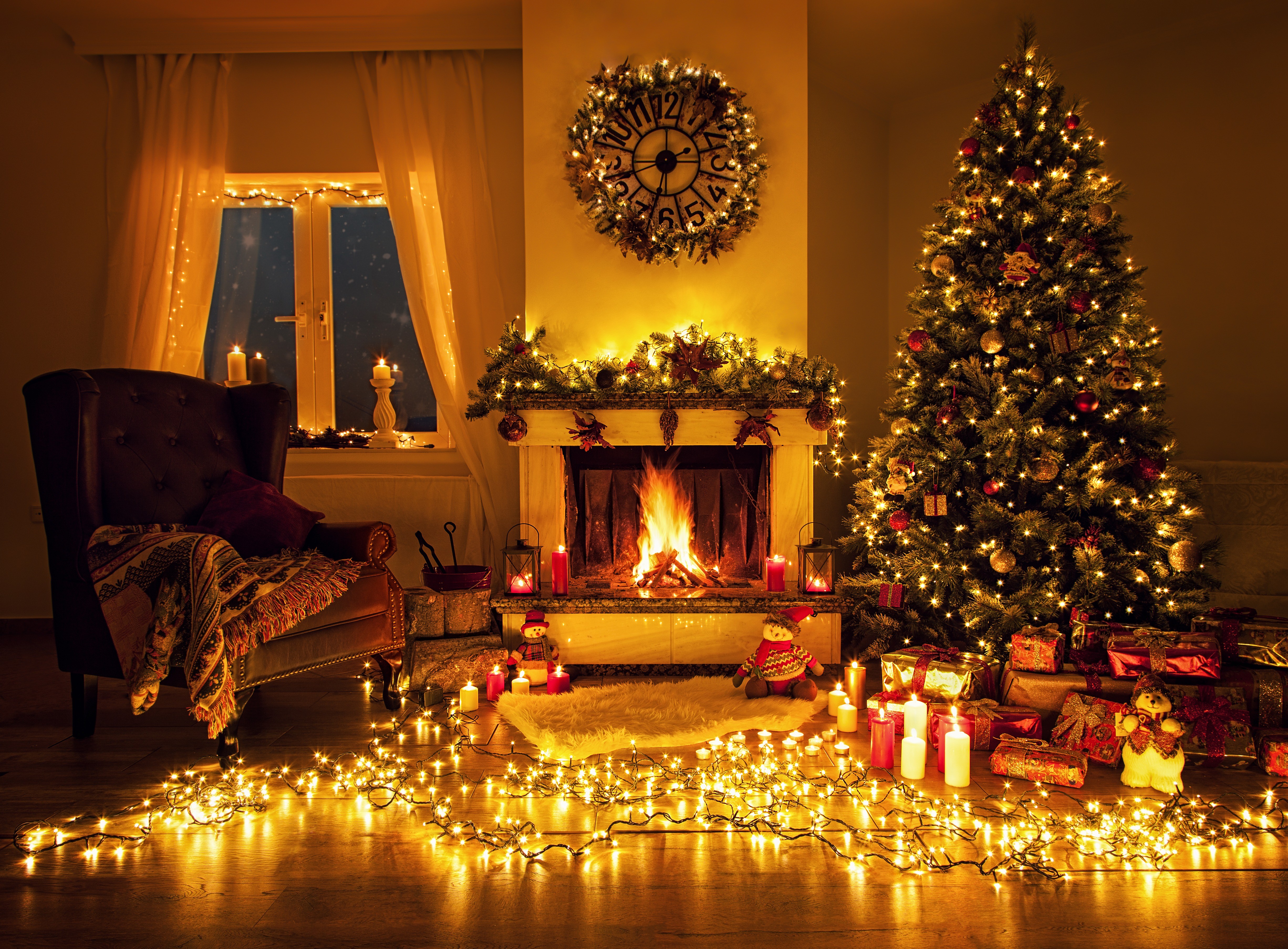
Chimneys & fireplaces
Having spent the spring, summer and autumn gathering dust and possible debris the chill of winter brings a whole new practicality to a fireplace.
If you have a chimney it’s important to maintain it and if you have a working fireplace then having the chimney swept before winter arrives is an essential job to prevent possible chimney fires.
Ensure the flues are swept and checked by a HETAS (Heating Equipment Testing and Approvals Scheme) approved Chimney Sweep.
HETAS recommend this is undertaken at least annually, or more frequently depending on usage.
For any wood and coal burning appliances and chimneys in use:
- Clean and clear all fireplaces and stoves to ready them for lighting, remember to remove as much dust and dirt as possible and clear away any furniture or ornaments which have crept closer during the warmer months of the year.
For any fireplaces, stoves and chimneys not in use:
- Close dampers if present.
- For those without dampers, consider installing a chimney balloon, or draught excluder (being sure to leave enough room for Father Christmas to squeeze through of course!).
- If chimney pots are present, but not in use, consider installing a chimney cap or cowl if there is not one already in place.
Protecting your home,
Property or building outside
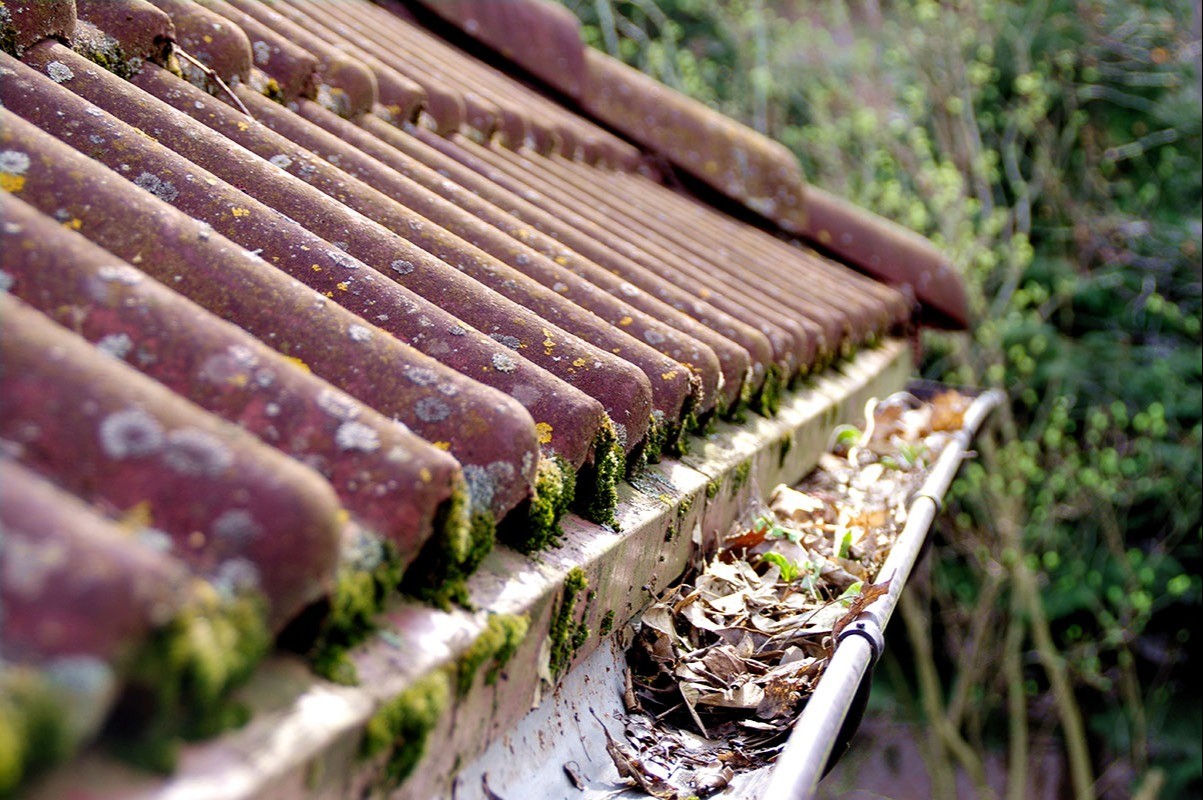
Winter inevitably brings an increase in precipitation in some form or other and this brings with it a greater chance of inward leaks of water and outward leaks of heat to our homes.
Buildings roof
Your roof takes the brunt of all the cold, wet winter weather and is therefore susceptible to damage. Inspect your roof from a safe vantage point for any cracked or missing tiles.
Also inspect the flashings and mortar joints around any chimneys, extensions, or other projections where possible and check for breaks, gaps, or lifted material.
If you find anything amiss, instruct a roofing contractor who is a member of The National Federation of Roofing Contractors to cover or mend any breakages, replace cracked or broken tiles and mend any gaps in the roof covering and surrounds.
Gutters and drains
Autumn and winter bring with them leaf fall and shedding from plants and trees which can block drains and gutters. Overflowing gutters and pooling drains can cause water damage to the outside and inside of homes. Clearing drains and gutters are probably the last thing on your ‘to do’ list at this time of year but it is an essential task to minimise the risk of water damage.
Inspect gutters from a safe vantage point and any runoff drains where possible to ensure they are clear of leaves and other debris.
If any debris is found then clear the gutters and drains if you are able to do so or alternatively, where it is impossible or impractical, instruct an experienced or recommended gutter clearing or drainage contractor who can use specialist equipment and cameras to assess the health of your drains and guttering and clear them for you.
Another thing to consider is water on brickwork. Water trapped behind or within brickwork can freeze during colder weather and “blow” brick faces causing fracturing and flaking.
Check that any downpipes, drain pipes, or overflow pipes are not expelling water directly onto external walls where it can freeze and damage brickwork.
If this is a concern, make sure any such water can run off and away from buildings.
If there has been prolonged water contact with any brickwork then the damage may have been done and repairs to the brickwork or mortar joints to prevent further water ingress may be necessary.
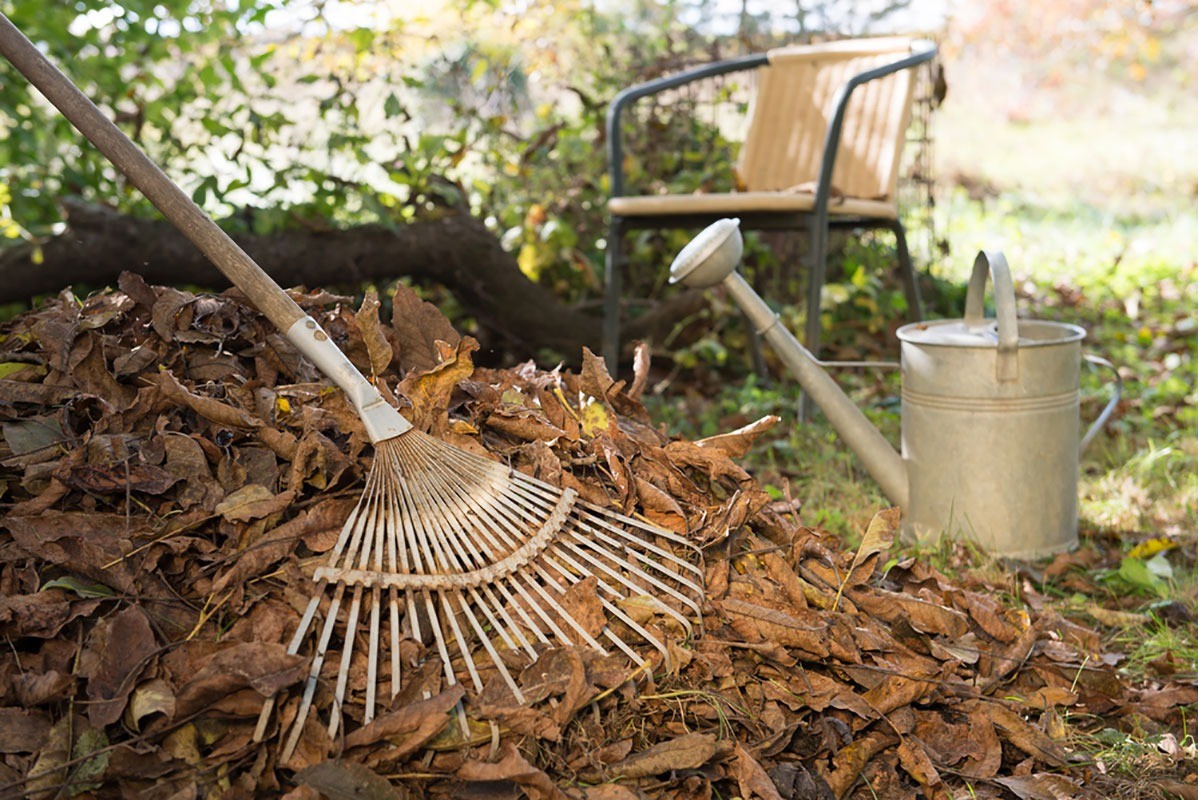
Gardens & drives
As the cold and frost comes in, plant growth and general life in your garden will appear to slow to a standstill. However, unlike the idyllic suspended animation of a snow globe, gardens are unlikely to be as self-sufficient and it is important to ensure that all things natural and manufactured in your outdoor areas are winter readied.
Cut back bushes, mow lawns and prune trees while the weather allows.
Consider planting trees and shrubs now. The Royal Horticultural Society suggests winter, or between October and April, as the preferable time of year to plant, allowing greenery to establish itself whilst remaining easy to manage rake and collect fallen leaves and vegetation.
This will prevent it from blocking drains and help stop grass on your lawn from dying.
Put away all unused tables, chairs, barbecues, chimineas, parasols, mowers, gardening equipment and any other bits and pieces which will be at risk of damage or lifting by the wind.
Any large equipment or furniture that cannot be tucked away should be moved to a sheltered area, or adequately covered to avoid damage.
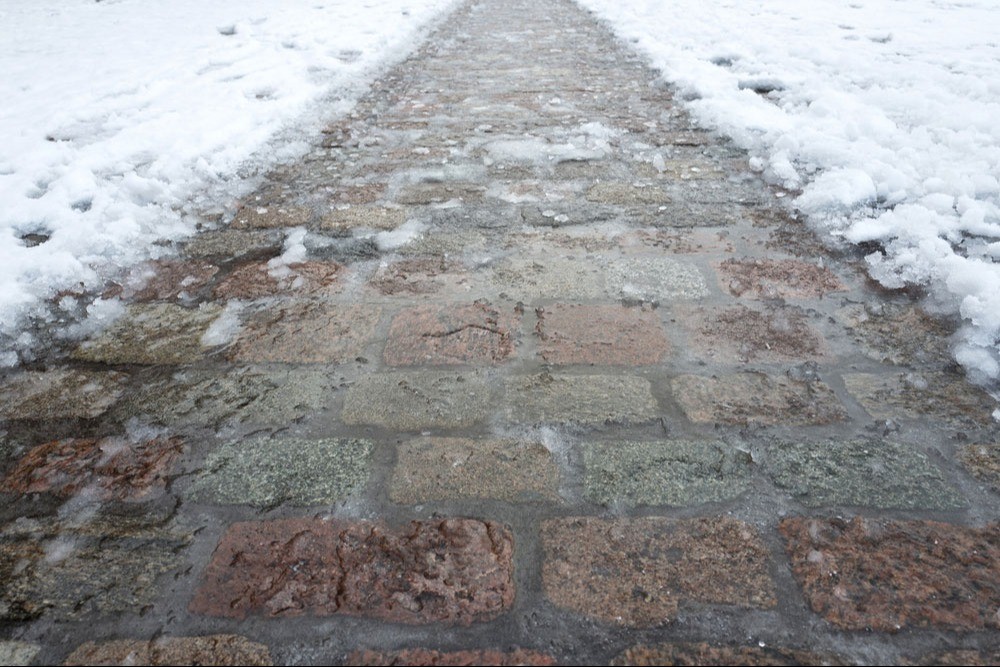
External paving and decking
As much as skating at this time of year can be enjoyable, you don’t want family and friends slipping on icy paving and decking when they come to visit.
Ensure paving is well drained and decking kept clear in order to avoid water pooling, freezing and causing casualties.
A handy shovel and bag of gritting salt to spread over a drive or patio the night before a big freeze can help to prevent morning mishaps!
For decking, ensure the structure or any objects on it have not blocked air bricks and gullies on any permanent buildings.
Perhaps consider giving it a new coat of paint, oil, or sealant to help protect it from the elements and make it primed for use during better weather.
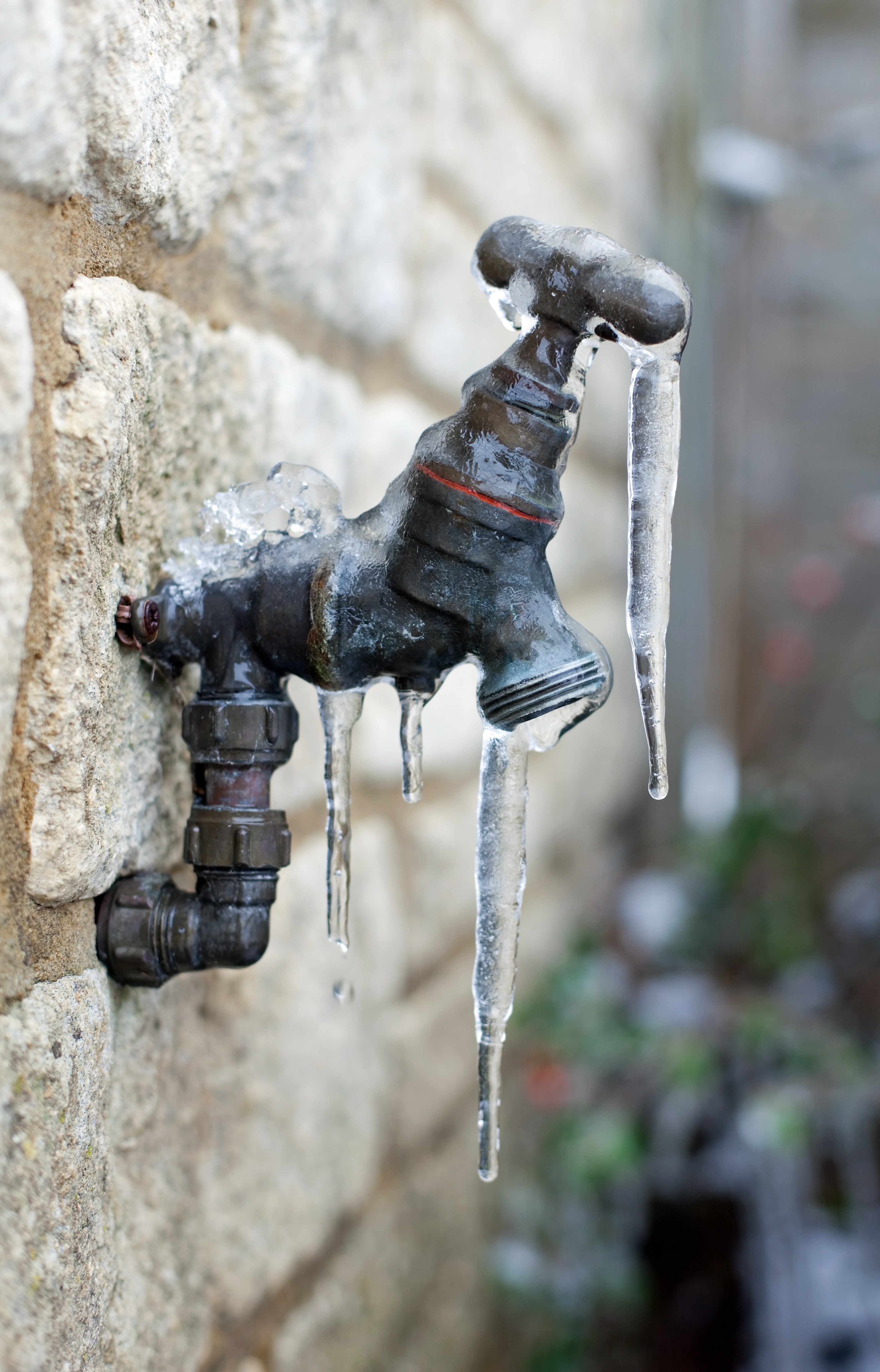
Outside taps
As with any pipework, if and when the big freeze hits there is a chance that they will freeze and then burst.
To try to avoid this happening attempt to empty as much water as possible from external sections of pipework and taps which will not be used. This can be achieved by switching off your internal stopcock and running the tap dry, before switching your stopcock back on.
Outside lighting
The faithful glow of an automatic light can be taken for granted, but as the nights draw in, be sure to check all external lights to ensure they are ready to illuminate your surroundings when you need them most. Giving them a quick wash/clean will also ensure that they are giving out the maximum amount of light possible.
Now that you have covered all you can, it's time to pop the slippers on and settle down on your comfy sofa with a nice cup of tea in front of the television, in your protected, warm and winter-ready home.
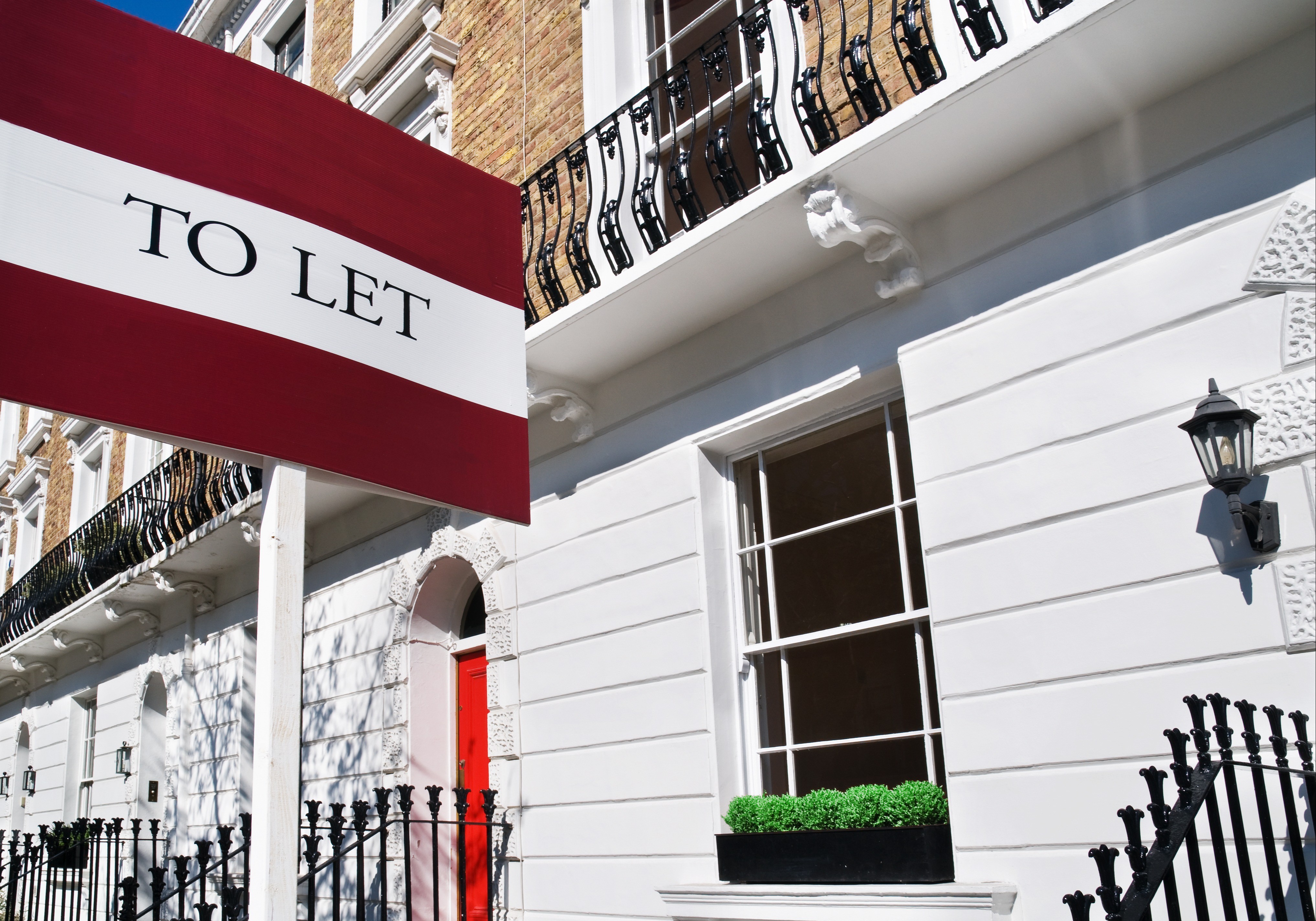
Are you a landlord?
Remember to get your rental property winter ready and ensure you continue to fulfill your obligations to provide quality and legally compliant accommodation to your tenants.Despite doing everything in your power, it can be difficult to keep on top of things when you are not actually present.
Why not equip your tenants with the knowledge they need to keep your property and their home in tip-top shape over the winter period.
A letter or email explaining how the boiler and thermostat work, some tips on how and when to heat the building, the location of the stopcock, and advising regular ventilation, etc. can significantly reduce the prospect of costly damage.
**Many of the points detailed here may be carried out safely without professional help and some are just checks which will require no further action. However, if in doubt, or unable to safely inspect, assess, or implement any of the recommendations yourself, particularly for the larger jobs, alway seek advice from reputable, adequately certified and experienced professionals.


